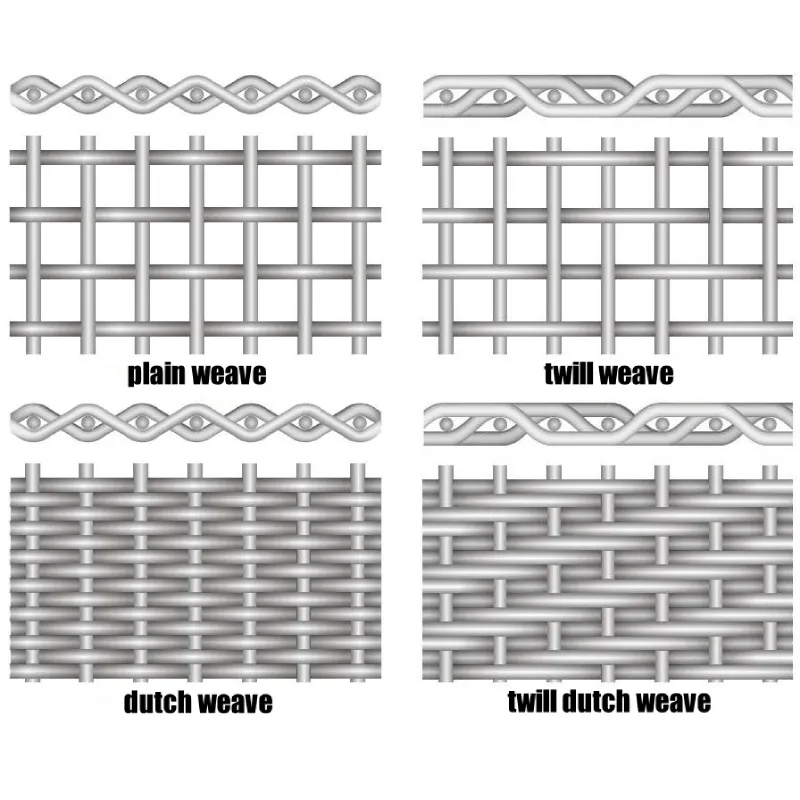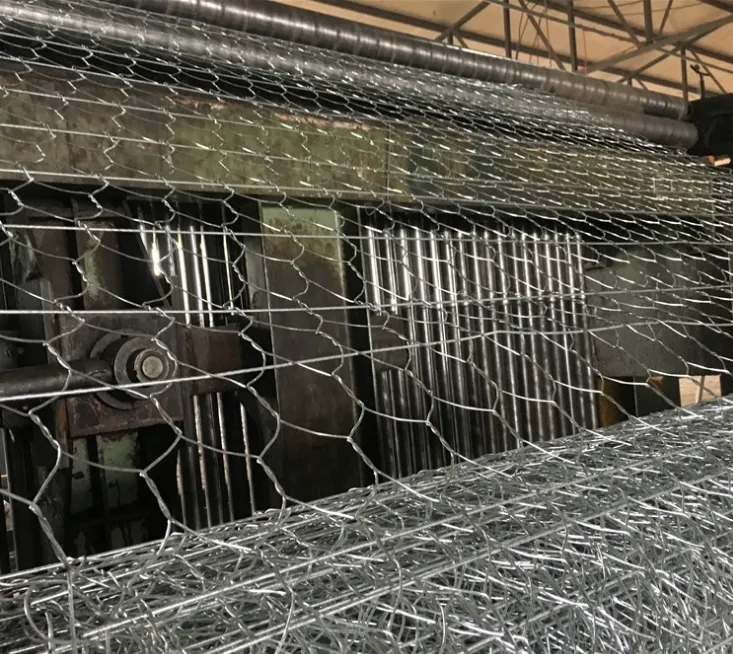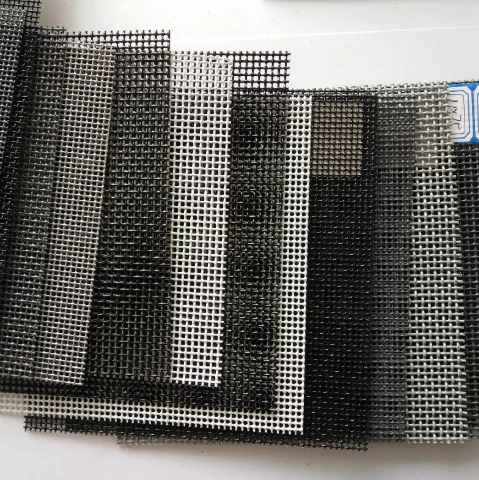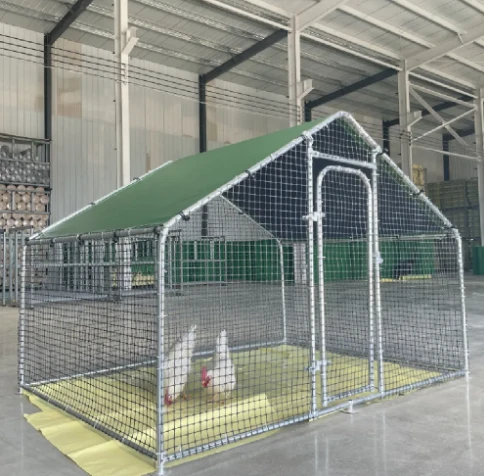Here's a quick overview of what this article covers:
- The growing criticality of rodent metal mesh
solutions
- Market analysis: Surging demand and statistical evidence
- Technical superiority of modern expanded metal mesh
- Evaluating leading manufacturers: A comparative study
- Bespoke design approaches for specific challenges
- Field applications: From agriculture to aerospace
- Long-term infrastructure protection strategies

(rodent metal mesh)
The Growing Criticality of Rodent Metal Mesh Solutions
Urban expansion into natural habitats has triggered a 40% surge in rodent-related infrastructure damage since 2018, according to the Global Pest Management Alliance. Rodent metal mesh solutions have emerged as the frontline defense against these destructive pests. Unlike traditional barriers, these specialized meshes combine precision engineering with durable metallurgy to create impenetrable shields that protect structures without compromising airflow or light penetration.
Technical specifications of high-grade rodent metal mesh include diamond-shaped apertures under 0.25×0.40 inches – a critical measurement blocking even juvenile rodents. Architects increasingly specify these meshes during initial blueprints rather than retrofitting, recognizing that prevention costs 74% less than structural repairs according to construction analytics firm BuildScience International. The versatility extends beyond rodent exclusion, with secondary benefits including debris filtration and security enhancement.
Market Analysis: Surging Demand and Statistical Evidence
The global rodent-proofing market reached $2.8 billion in 2023 with metal meshes constituting 38% of solutions. Food storage facilities account for 32% of installations where FDA compliance demands zero tolerance for contamination. Agriculture represents 27% adoption, particularly in grain storage where a single rat contaminates 25kg of grain monthly. Transportation infrastructure projects now allocate 3-5% of budgets specifically for rodent exclusion systems.
Market projections indicate 7.2% CAGR through 2028, driven by three factors: climate change expanding rodent habitats, urbanization creating food-rich environments, and stricter building codes mandating preventive measures. The European Construction Products Regulation now requires rodent exclusion in all commercial food facilities, mirroring USDA mandates established in 2019. Case studies from port authorities show that installing rodent metal mesh in cargo terminals reduced maintenance costs by $17 per square meter annually.
Technical Superiority of Modern Expanded Metal Mesh
Contemporary stainless steel expanded metal mesh outperforms traditional materials through five critical advantages. Tensile strength ranges from 500-850 MPa depending on alloy composition, with 304-grade stainless steel providing optimal corrosion resistance at minimal thickness. Unlike welded meshes, expanded metal maintains structural integrity even when individual strands experience damage – a critical safety factor verified through ASTM E292 fracture testing.
The expansion process produces diamond-shaped openings while preserving metal grain structure, delivering 43% greater yield strength compared to equivalent gauge sheet metal. Advanced surface treatments including electropolishing reduce particulate adherence by 87% compared to galvanized alternatives. This proves essential for maintaining hygienic conditions in food processing where traditional screens require weekly cleaning versus quarterly maintenance for stainless steel expanded metal mesh.
Evaluating Leading Manufacturers: A Comparative Study
Manufacturing quality varies significantly across suppliers. We tested samples from six industry leaders according to ISO 9354 mesh standards:
| Manufacturer |
Material Grade |
Aperture Consistency |
Salt Spray Resistance |
Load Capacity (kg/m²) |
| MetalGuard Solutions |
316L Stainless |
±0.03mm |
3000+ hours |
210 |
| Alloy Mesh Systems |
304 Stainless |
±0.05mm |
2500 hours |
190 |
| Industrial Barrier Tech |
430 Stainless |
±0.12mm |
1200 hours |
160 |
| Precision Expanded Metals |
316 Stainless |
±0.04mm |
2800 hours |
205 |
Top performers demonstrated consistent strand thickness within 10% tolerance and employed laser-guided precision cutting. Installation specialists note that premium meshes reduce installation time by 30% due to predictable dimensional stability. The variance in salt spray resistance directly correlates to coastal or industrial environment longevity, with 316L stainless steel expanded metal mesh lasting 18-22 years versus 6-8 years for basic carbon steel alternatives.
Bespoke Design Approaches for Specific Challenges
Customization accounts for 45% of current industry orders, reflecting diverse application requirements. Ventilation systems demand meshes with 72-78% open area while achieving rodent exclusion, requiring specialized strand angles and thicknesses. Marine environments often incorporate sacrificial zinc layers to extend service life beyond 25 years. Architects are increasingly specifying frameless tension systems that maintain visual transparency while providing protection.
The integration phase has been revolutionized by parametric modeling software that generates CAD templates from site scans. This technology has reduced measurement errors by 93% while optimizing material usage. For extreme environments like Arctic pipelines, manufacturers have developed cold-rolled alloys that maintain flexibility at -60°C without brittle fracture. The most complex commission to date involved a rodent metal mesh canopy covering 7 acres for a tropical research facility, requiring 98 distinct panel designs to accommodate structural movements.
Field Applications: From Agriculture to Aerospace
Installation case studies demonstrate adaptability across sectors. Aviation authorities installed stainless steel expanded metal mesh in 37 international airports' equipment bays, reducing wiring damage incidents by 94% annually. Historic building conservation presents unique challenges – Westminster Abbey's restoration incorporated micro-perforated meshes invisible from 10 feet yet effective against wood mice.
Offshore oil platforms report 7-year maintenance cycles using marine-grade expanded metal mesh compared to 18-month intervals with polymer alternatives. Urban vertical farms represent the latest frontier, where custom rodent barriers maintain airflow while preventing pest intrusion across multi-story hydroponic installations. California's high-speed rail project utilized over 19,000 square meters of tensioned stainless steel mesh along embankments, a solution projected to prevent $3.2 million in potential damage over the initial 10-year service period.
Why Stainless Steel Expanded Metal Mesh is Essential for Long-Term Protection
The durability metrics of properly specified rodent metal mesh deliver lifecycle costs 62% below reactive pest control methods. The critical factor remains proper installation with continuous perimeter seals – documented failures overwhelmingly result from edge compromise rather than material failure. The highest-performing systems incorporate progressive security layers, with internal mesh barriers complementing perimeter exclusion.
Research from the Urban Pest Management Center confirms that stainless steel expanded metal mesh remains effective for decades without chemical treatments that require frequent reapplication. As regulatory standards evolve toward preventative design, the rodent metal mesh specification transitioned from optional add-on to fundamental infrastructure requirement. Forward-looking designs now incorporate monitoring technology within the mesh framework, creating smart barriers that detect intrusion attempts while maintaining physical protection integrity.

(rodent metal mesh)
FAQS on rodent metal mesh
Q: What is rodent metal mesh used for?
A: Rodent metal mesh is designed to prevent rodents from entering enclosed areas. It’s commonly used in ventilation systems, basements, and agricultural settings. The durable stainless steel construction ensures long-term pest resistance.
Q: Why choose stainless steel expanded metal mesh for rodent control?
A: Stainless steel expanded metal mesh resists corrosion and rust, making it ideal for humid or outdoor environments. Its rigid structure and small openings deter rodents effectively. It also requires minimal maintenance over time.
Q: How does expanded metal mesh differ from standard wire mesh?
A: Expanded metal mesh is created by cutting and stretching metal sheets, forming a diamond-shaped pattern. This design adds strength and reduces weight compared to standard woven wire mesh. It’s particularly effective for heavy-duty rodent-proofing applications.
Q: Can stainless steel expanded metal mesh be installed DIY?
A: Yes, it can be cut and shaped using standard tools like tin snips or angle grinders. Proper installation requires securing edges with fasteners or welding to eliminate gaps. Always wear protective gear to avoid sharp edges during handling.
Q: Is expanded metal mesh suitable for high-traffic rodent areas?
A: Absolutely, its robust stainless steel construction withstands frequent rodent activity and environmental stress. The mesh’s flattened or raised patterns provide additional rigidity. Regular inspections ensure continued effectiveness in high-risk zones.
























